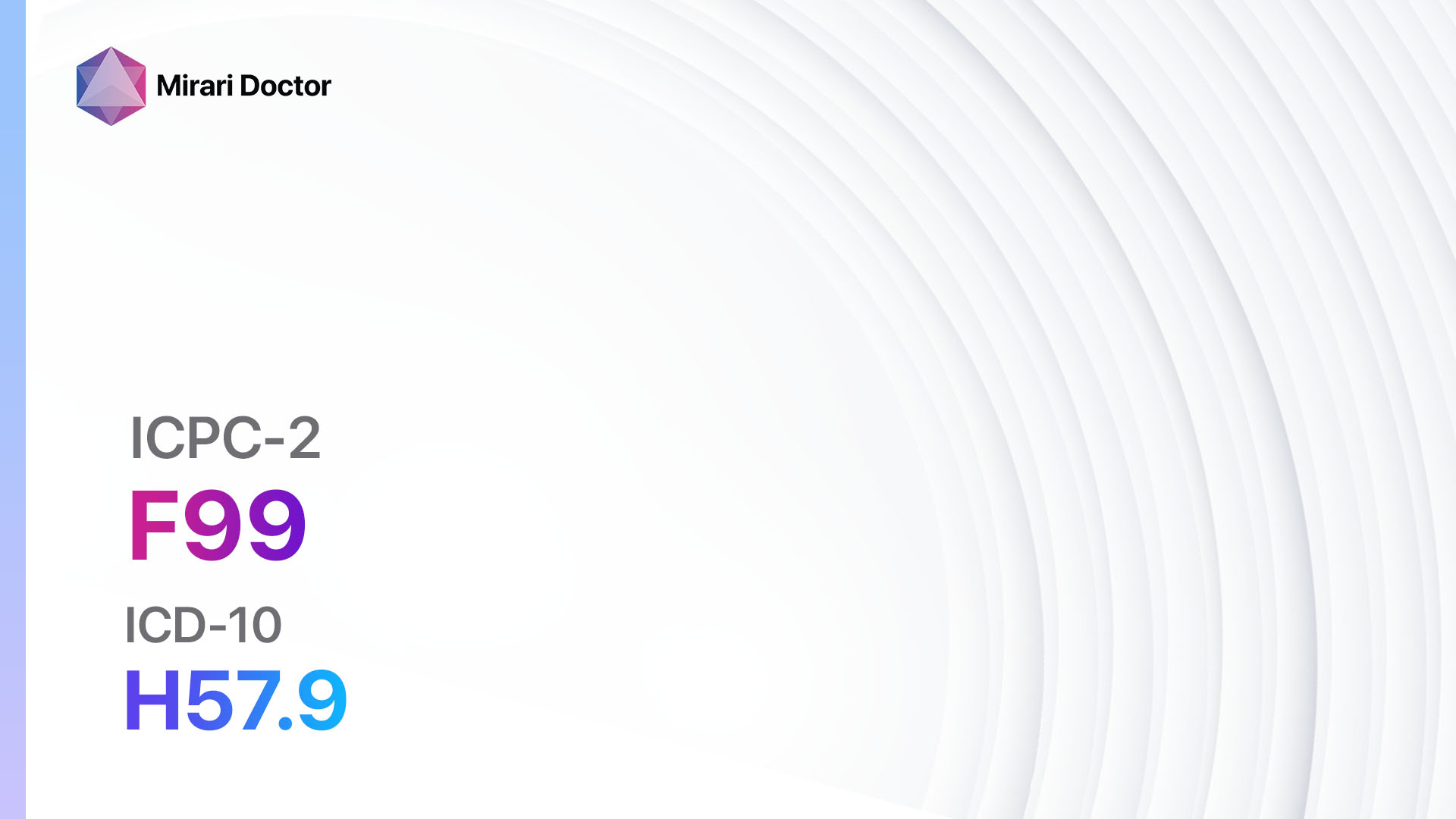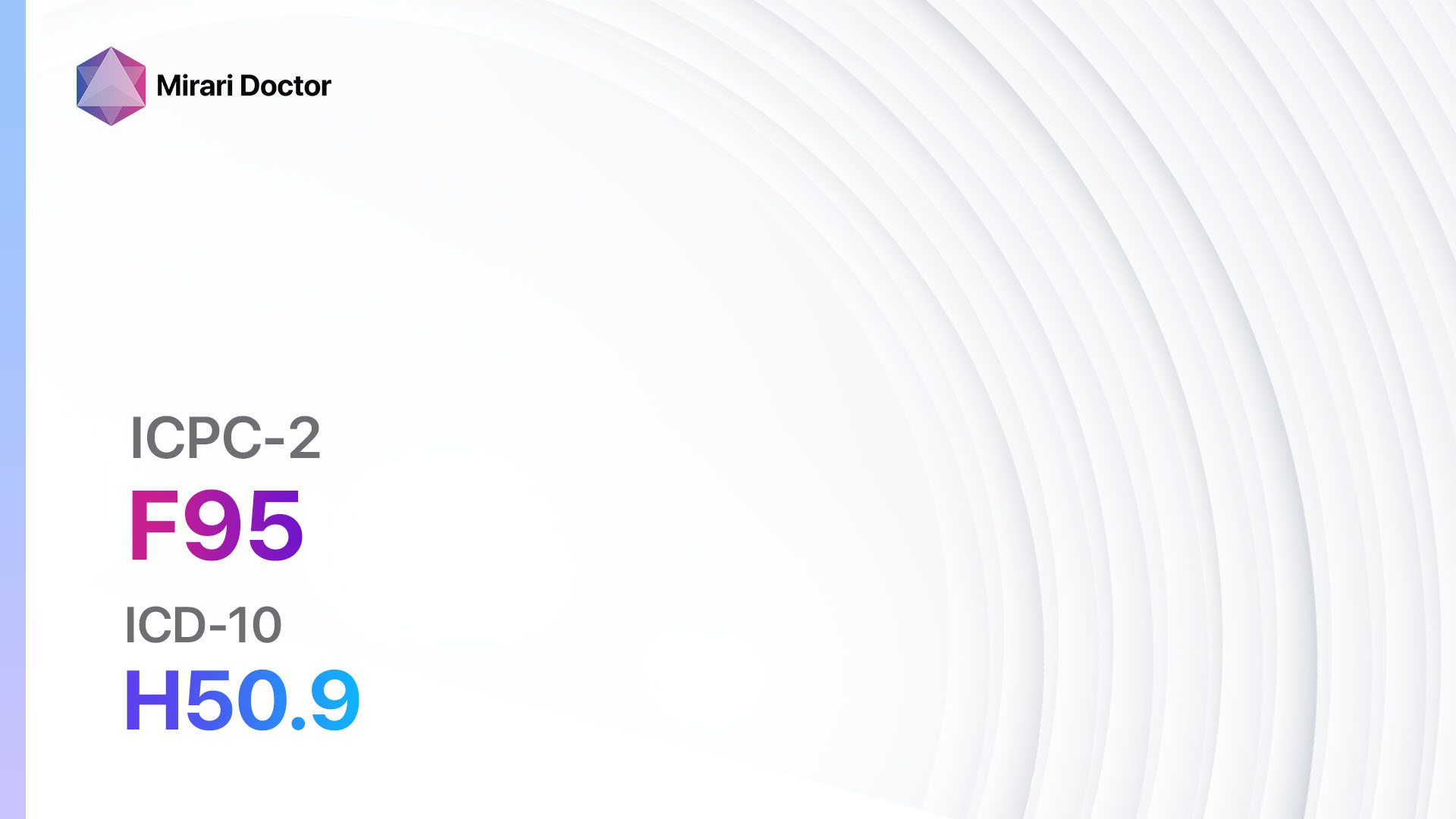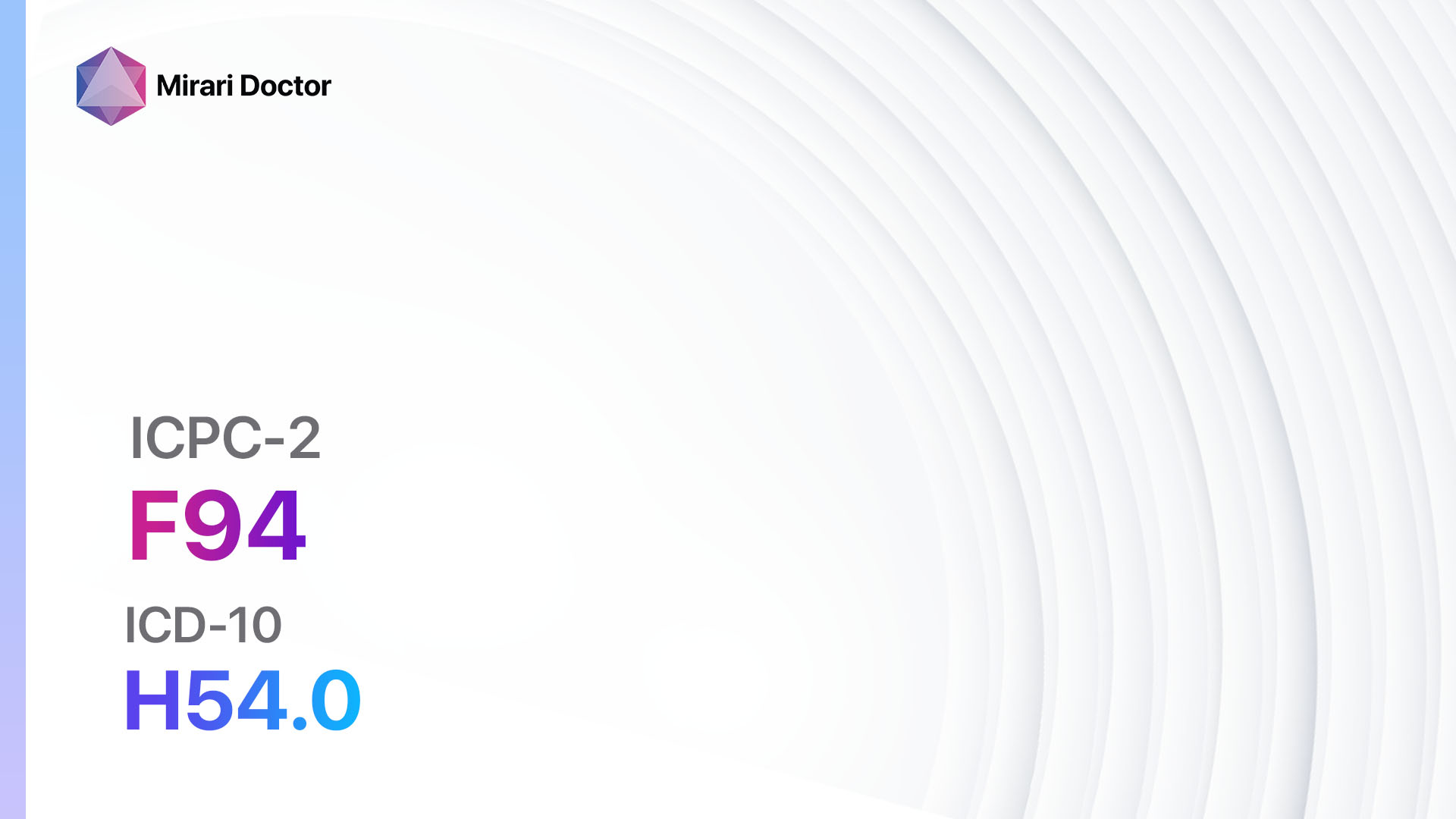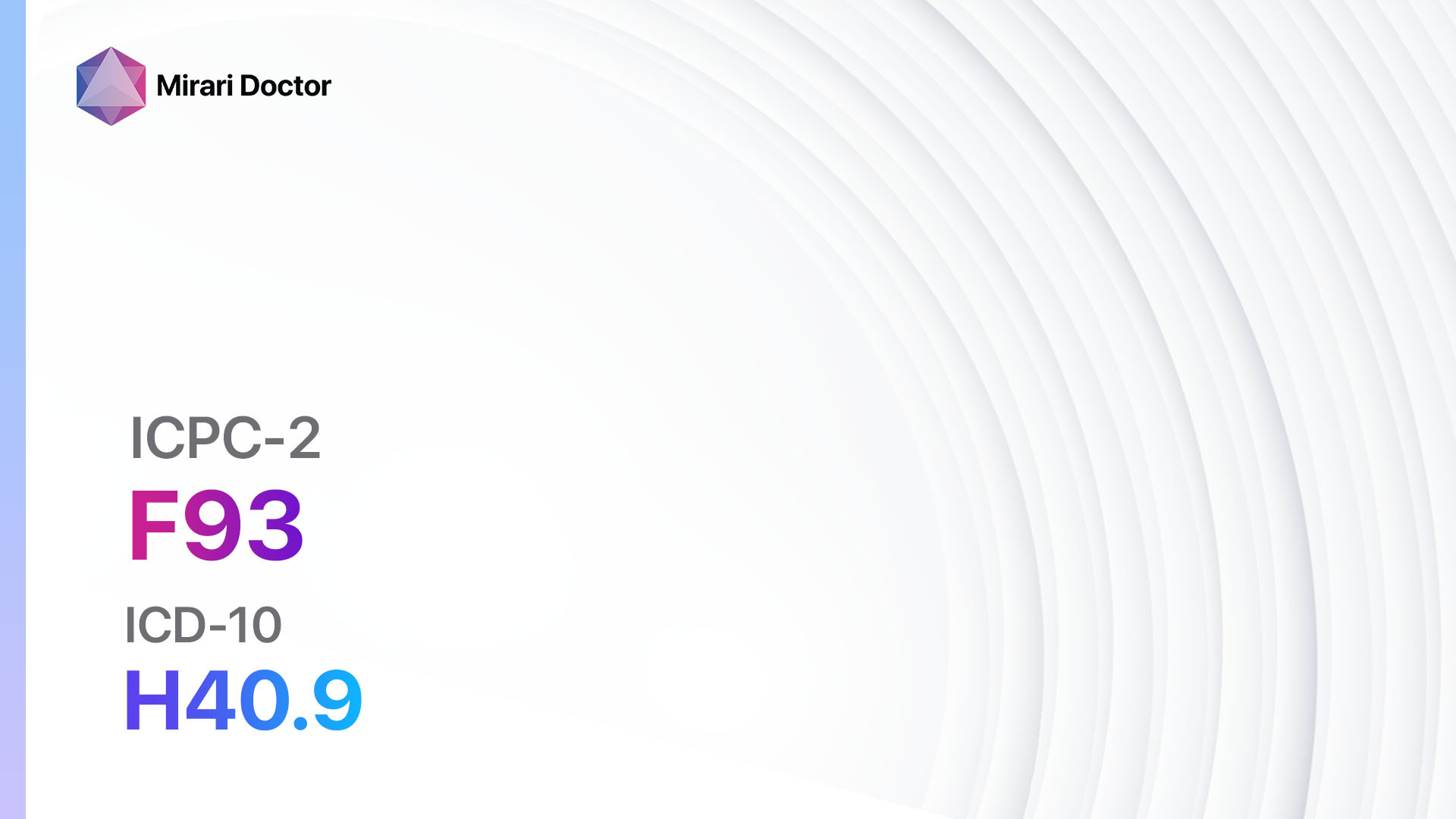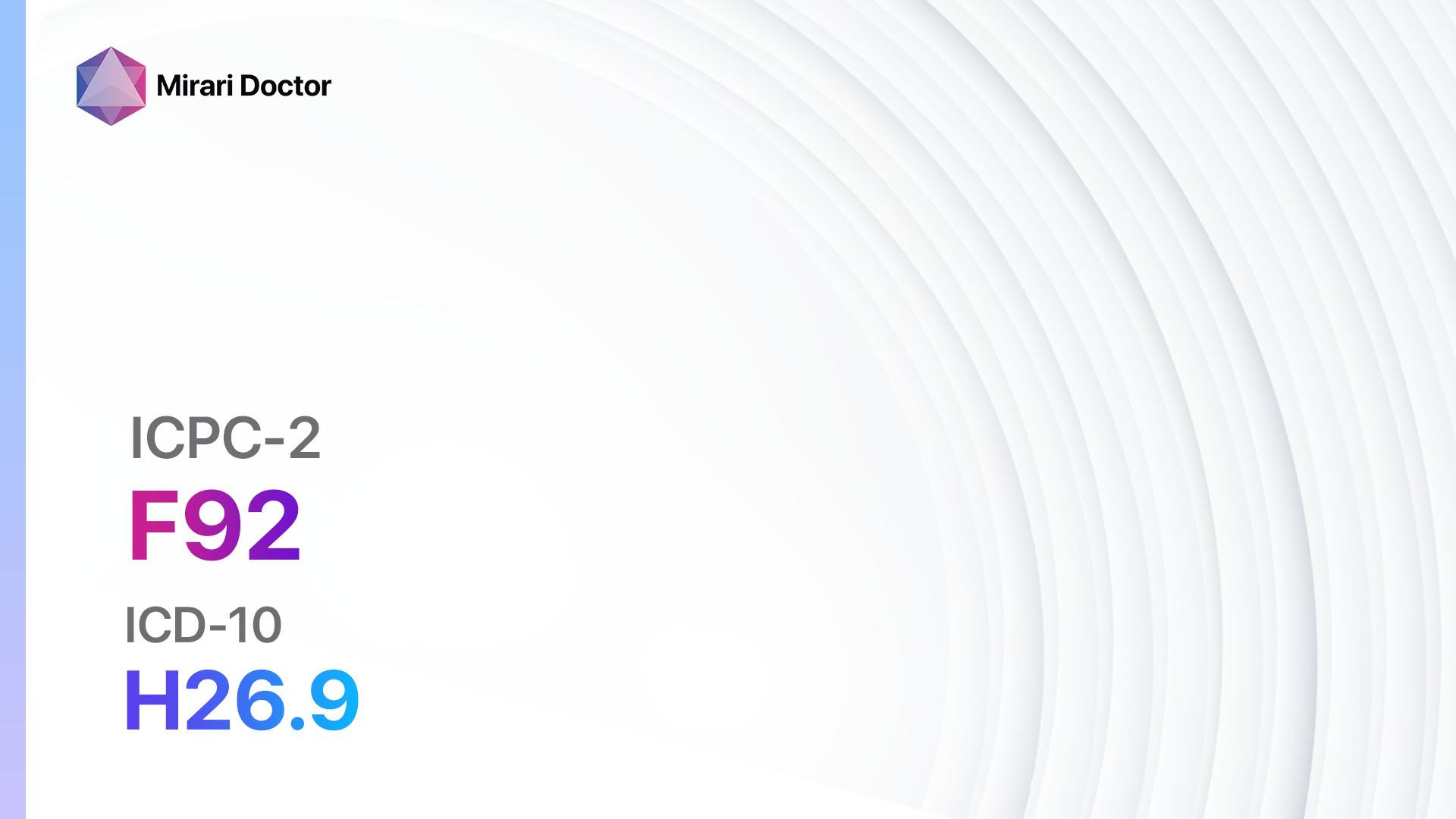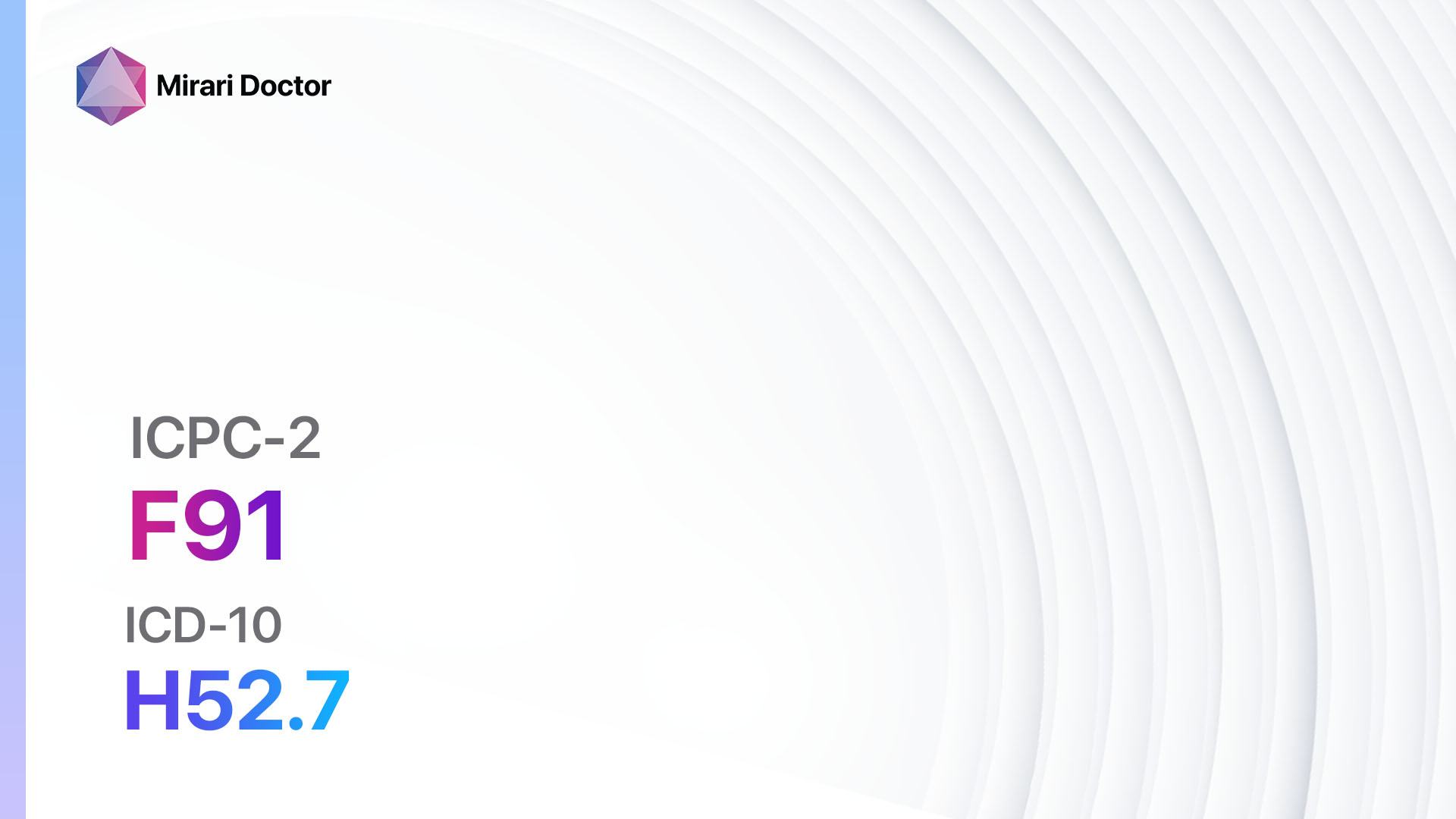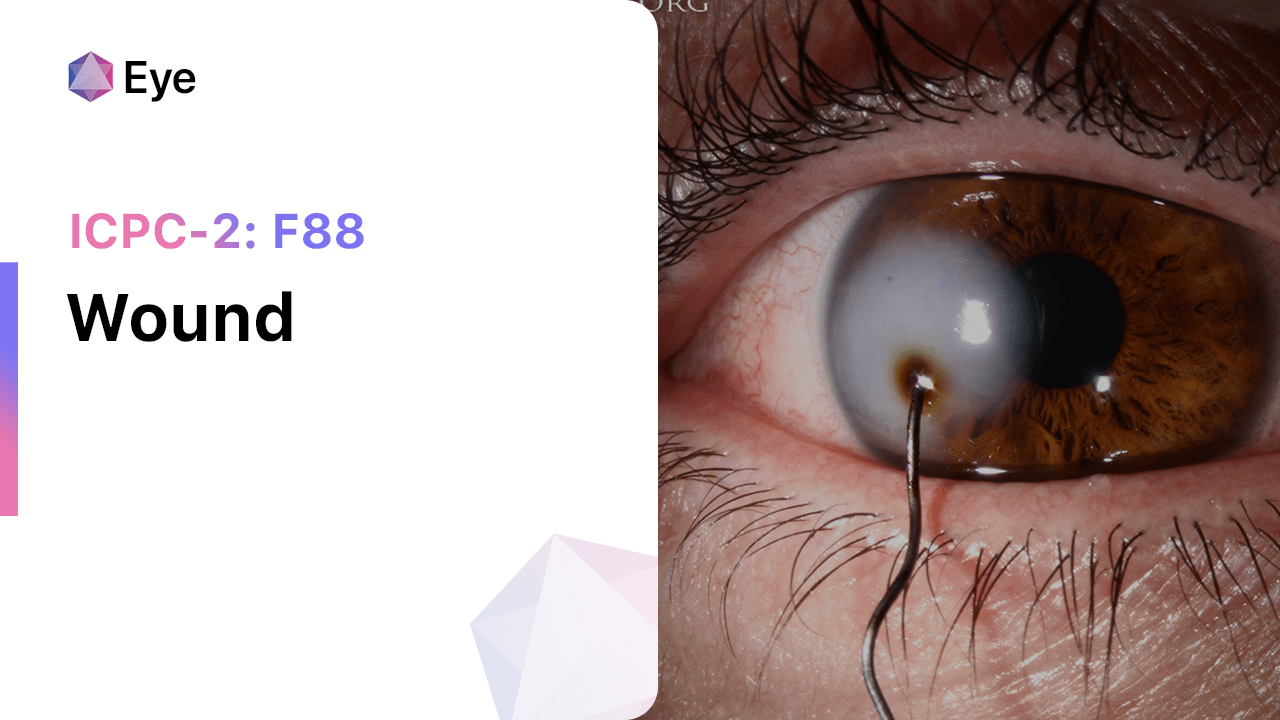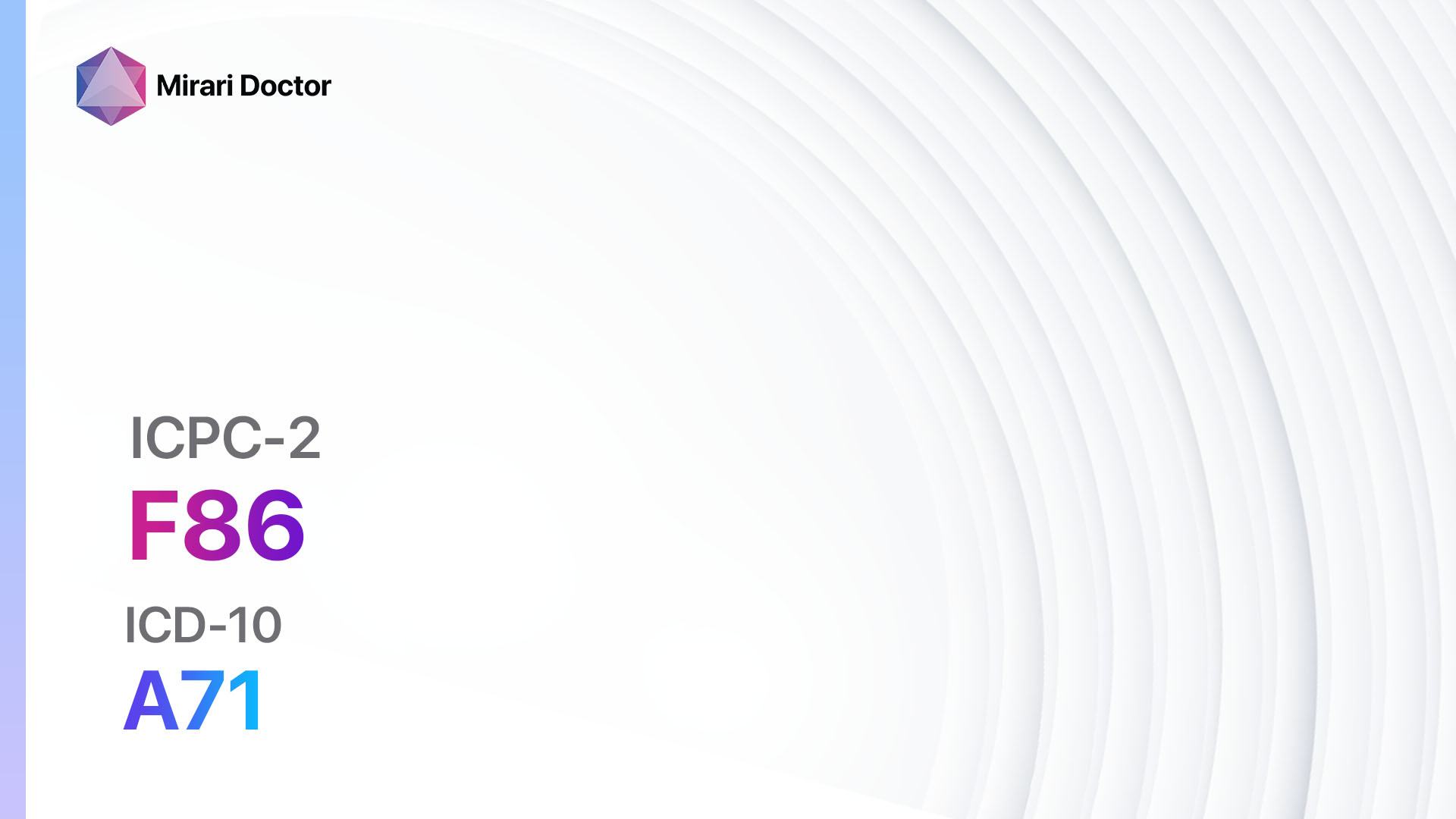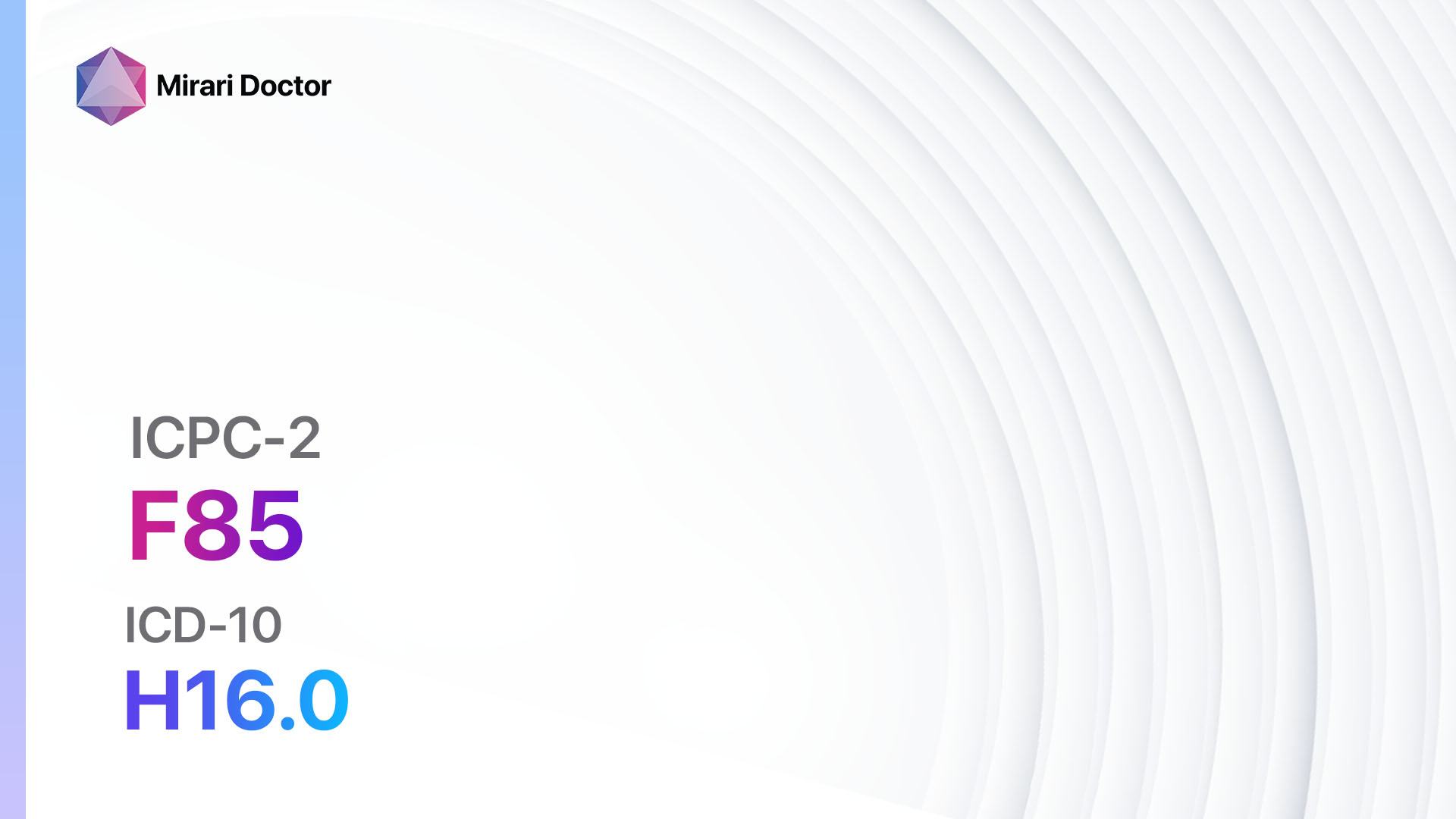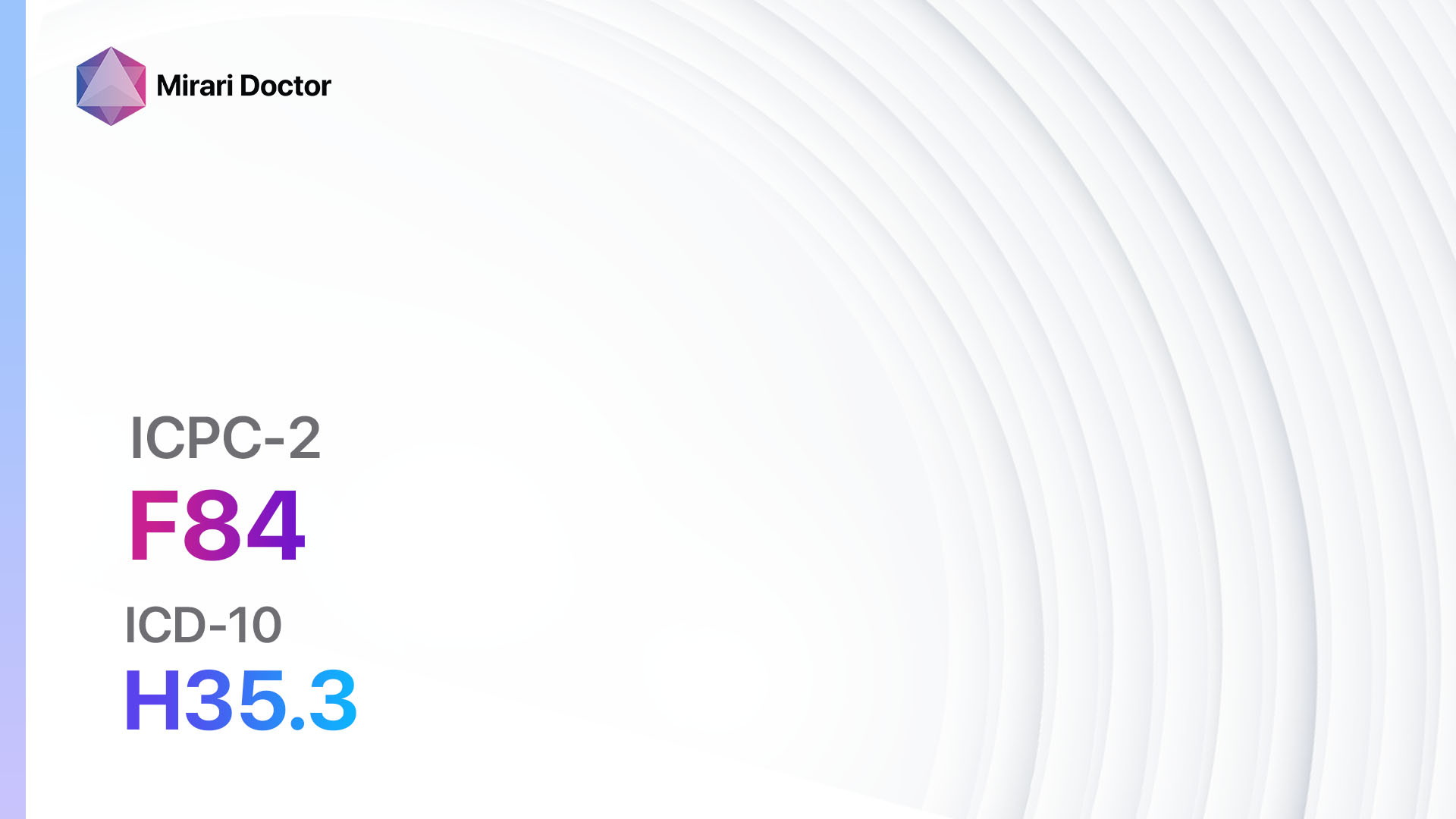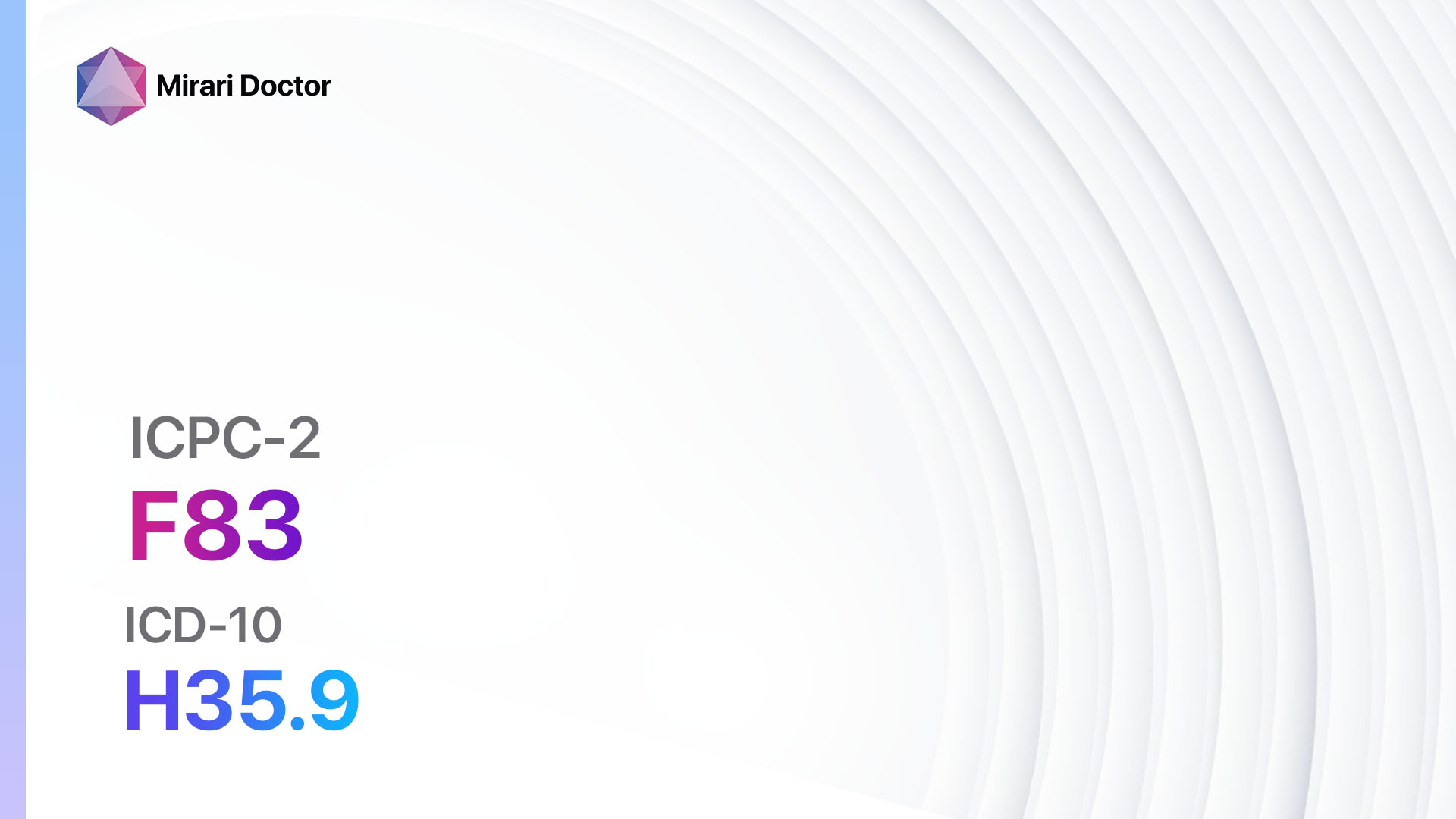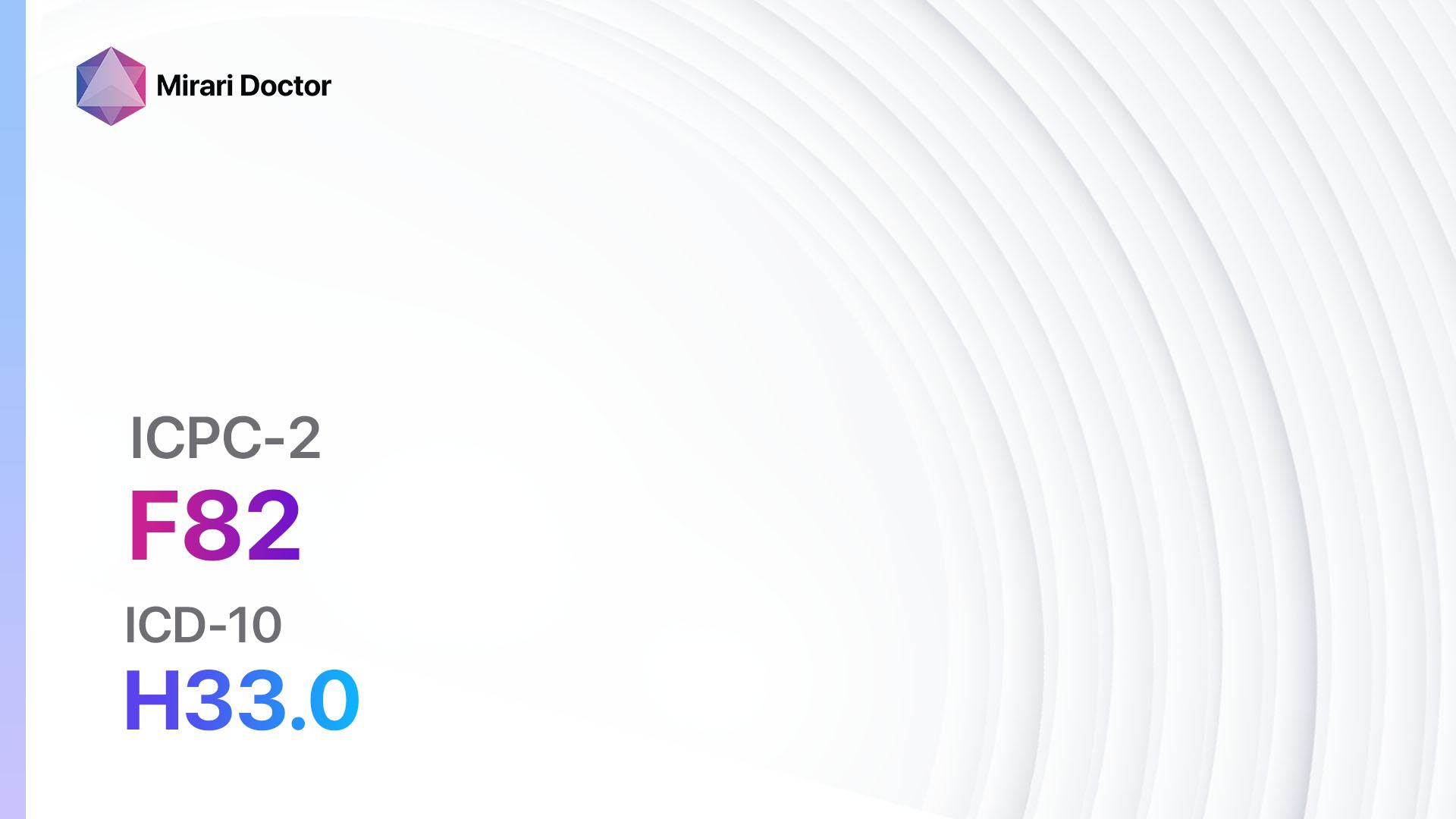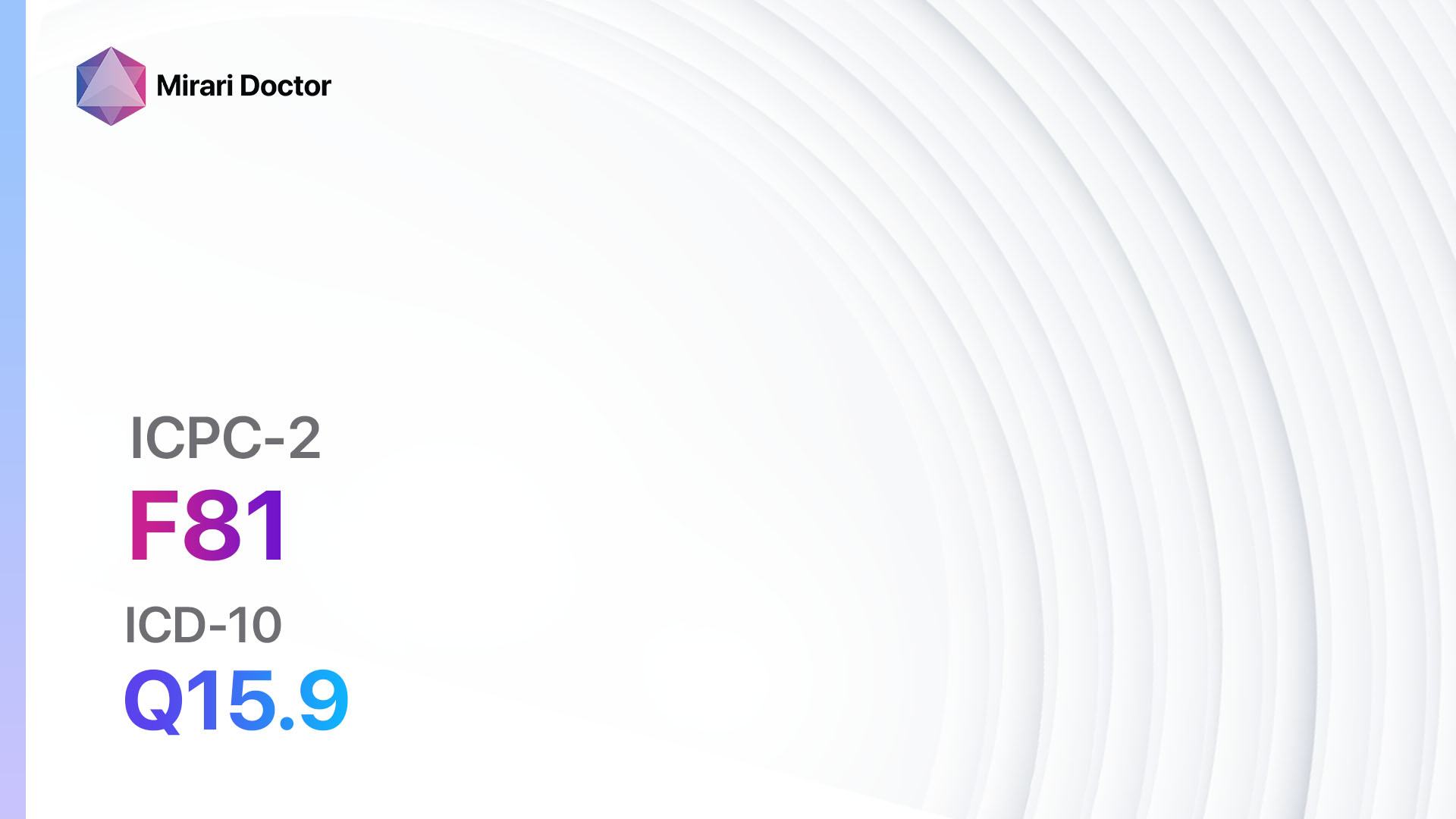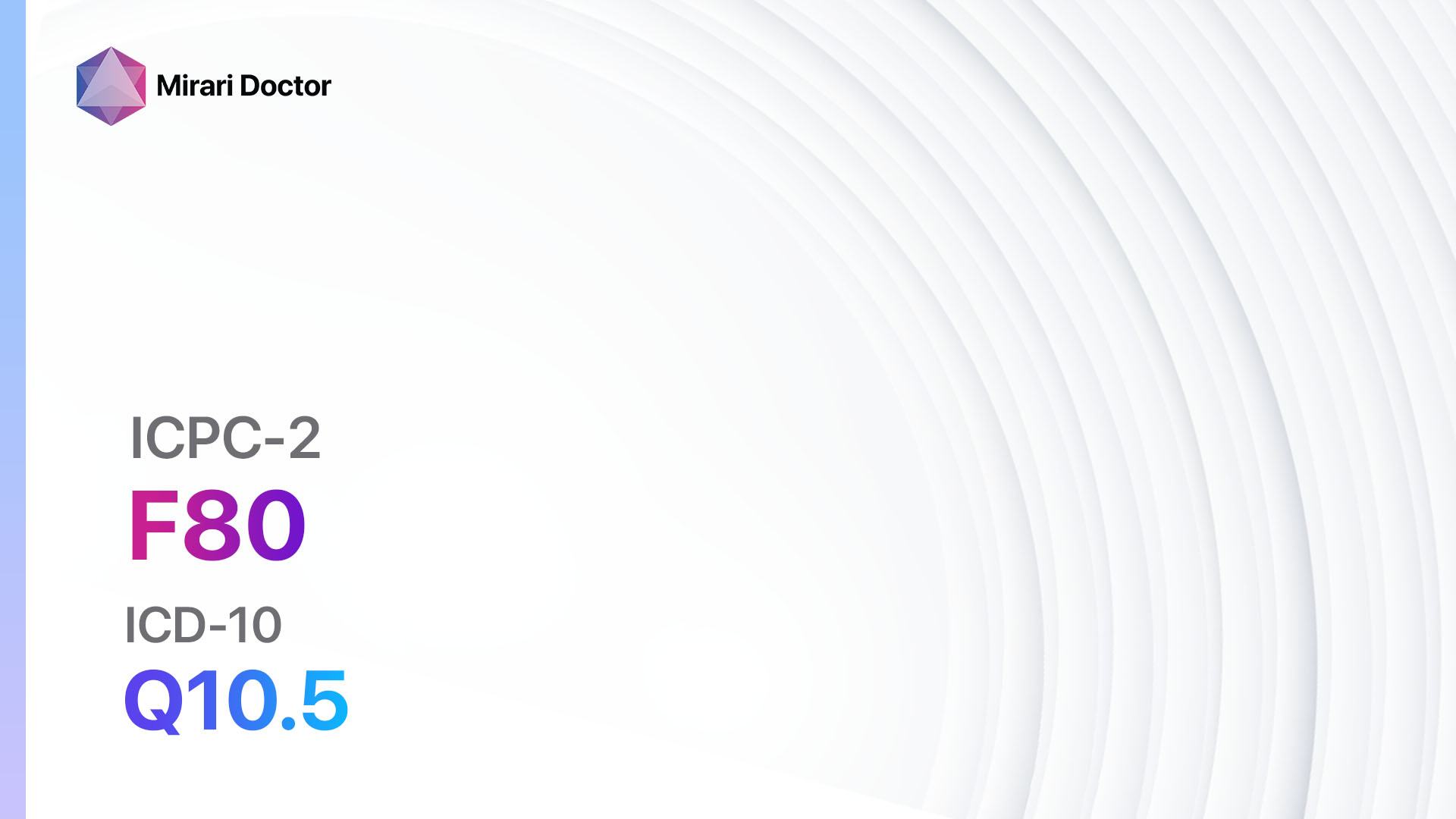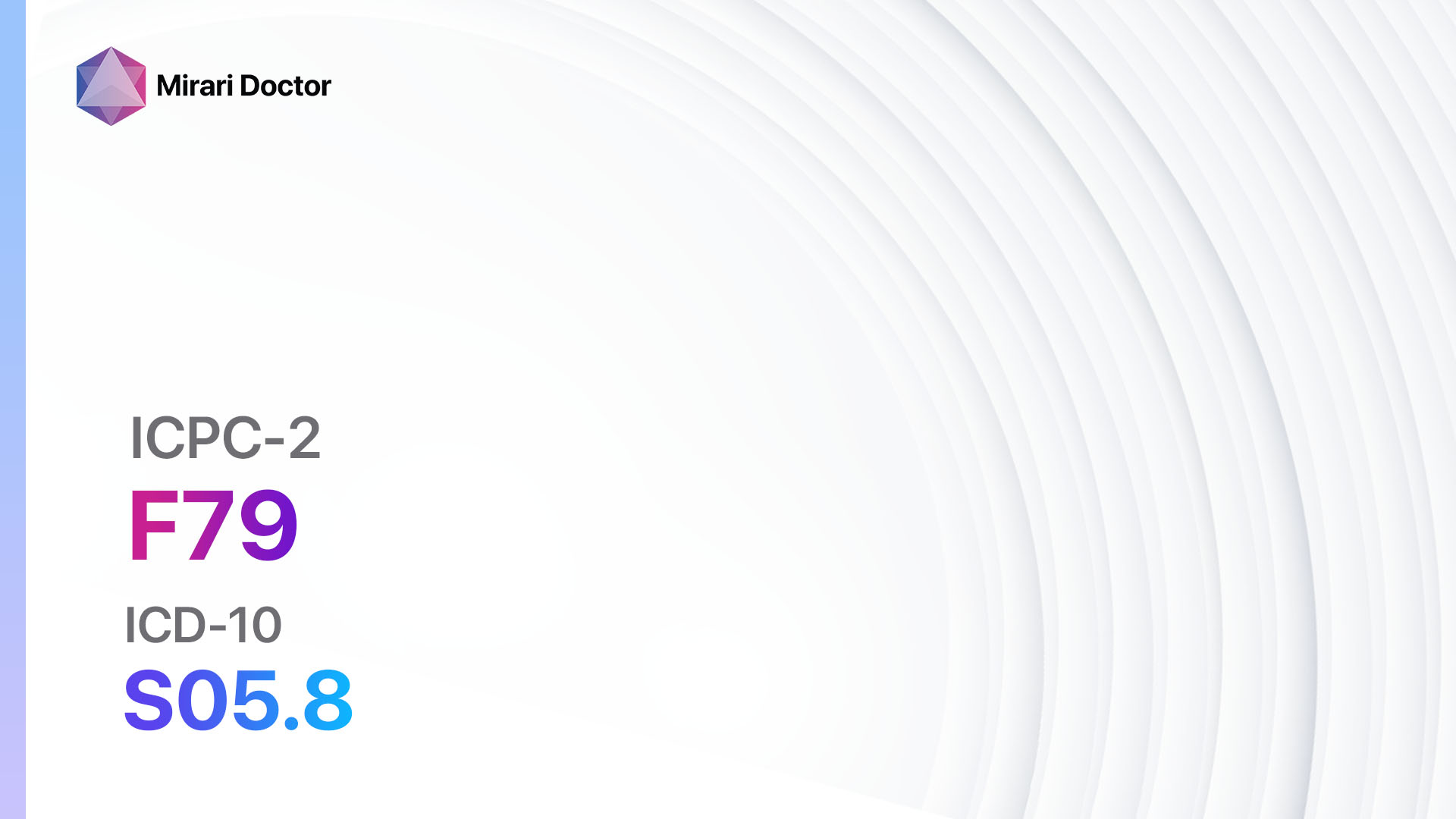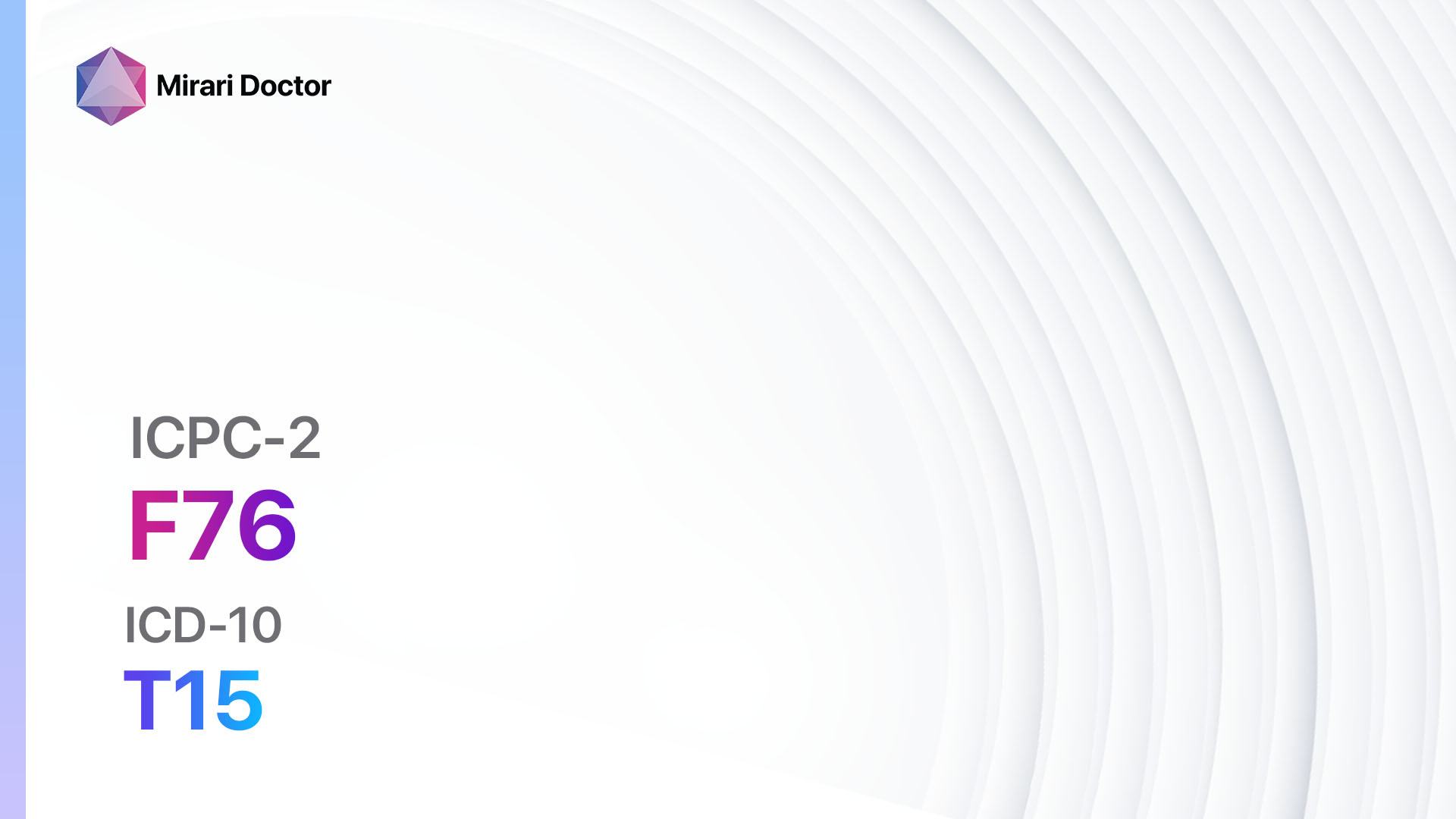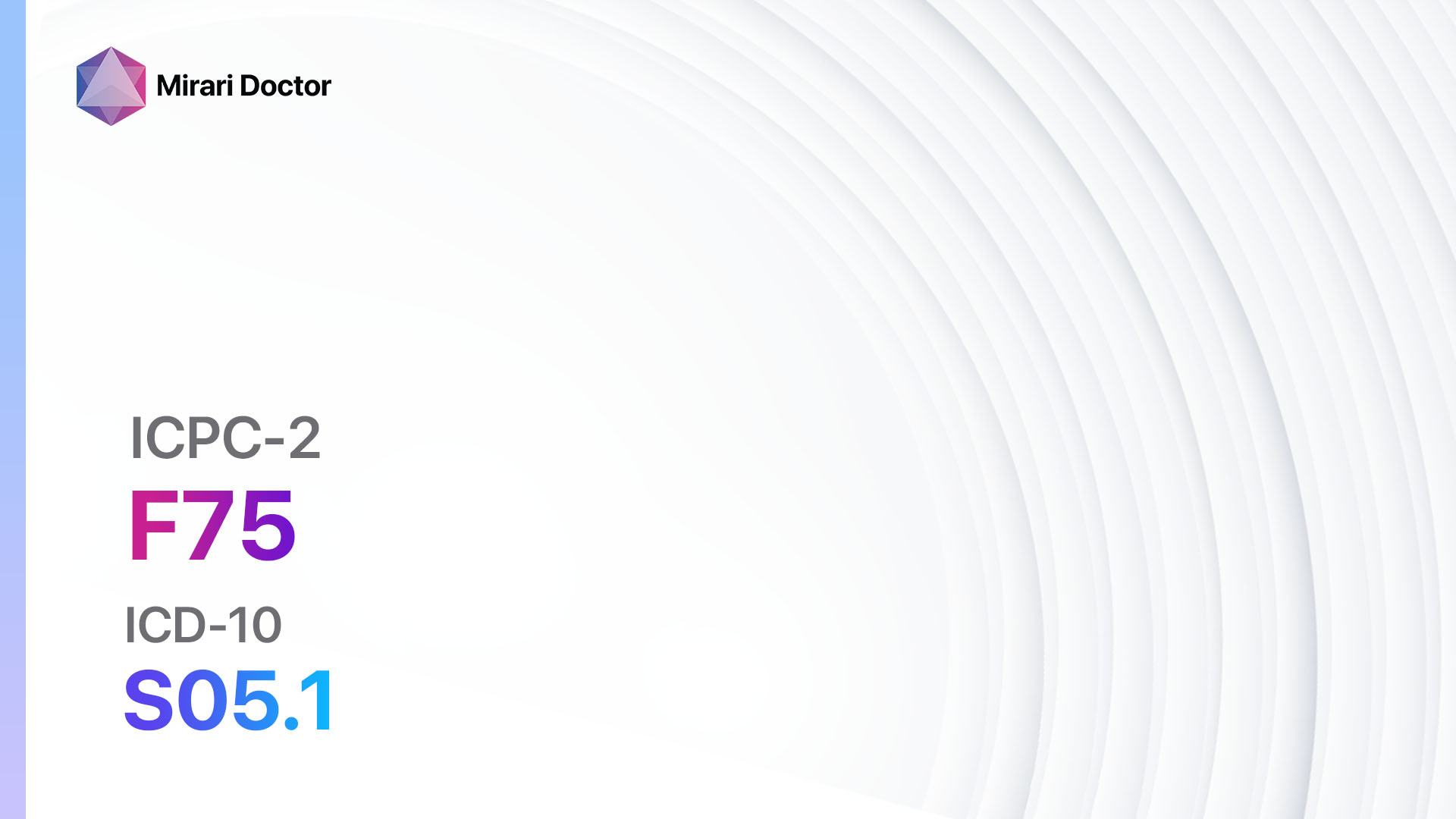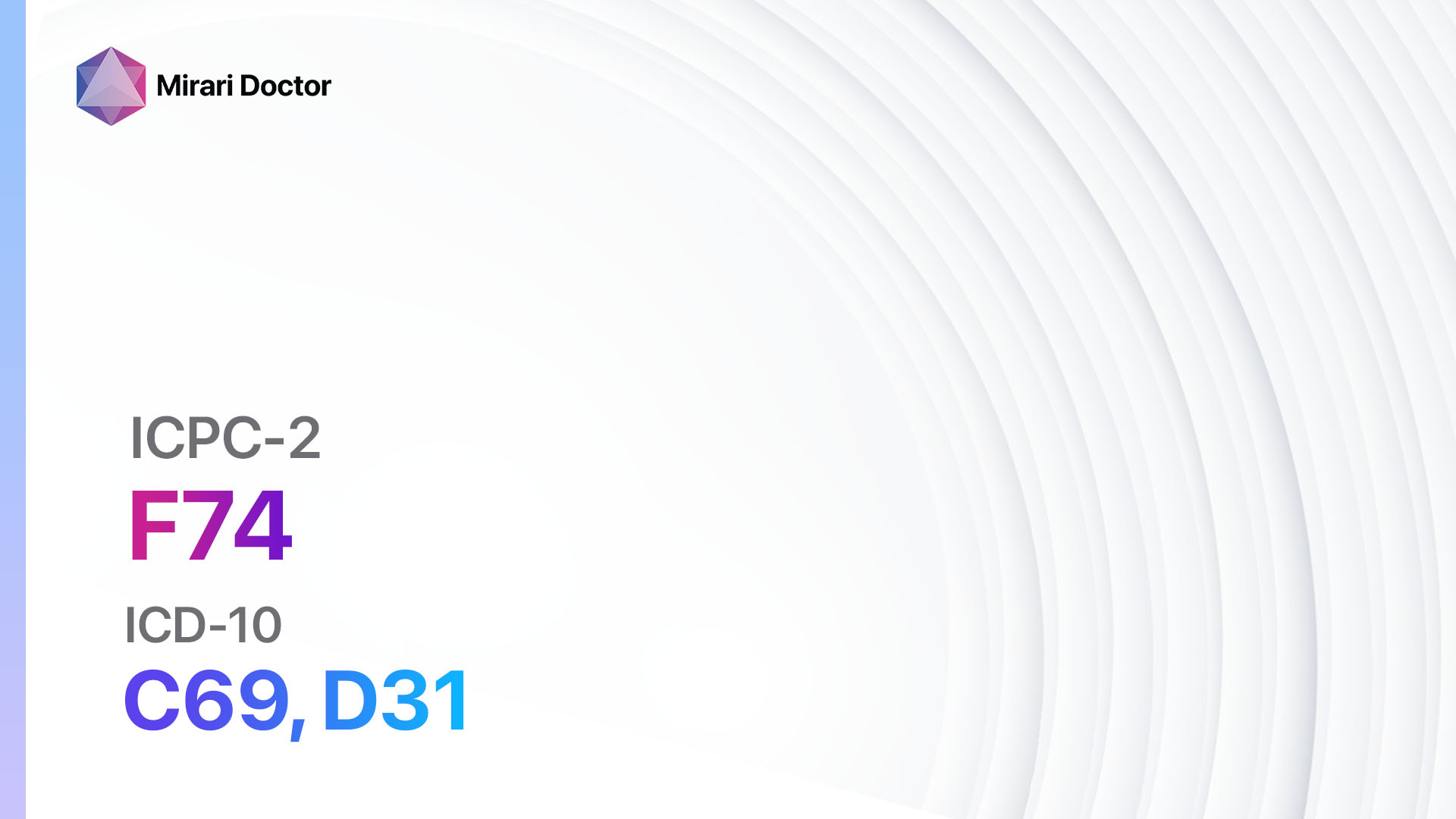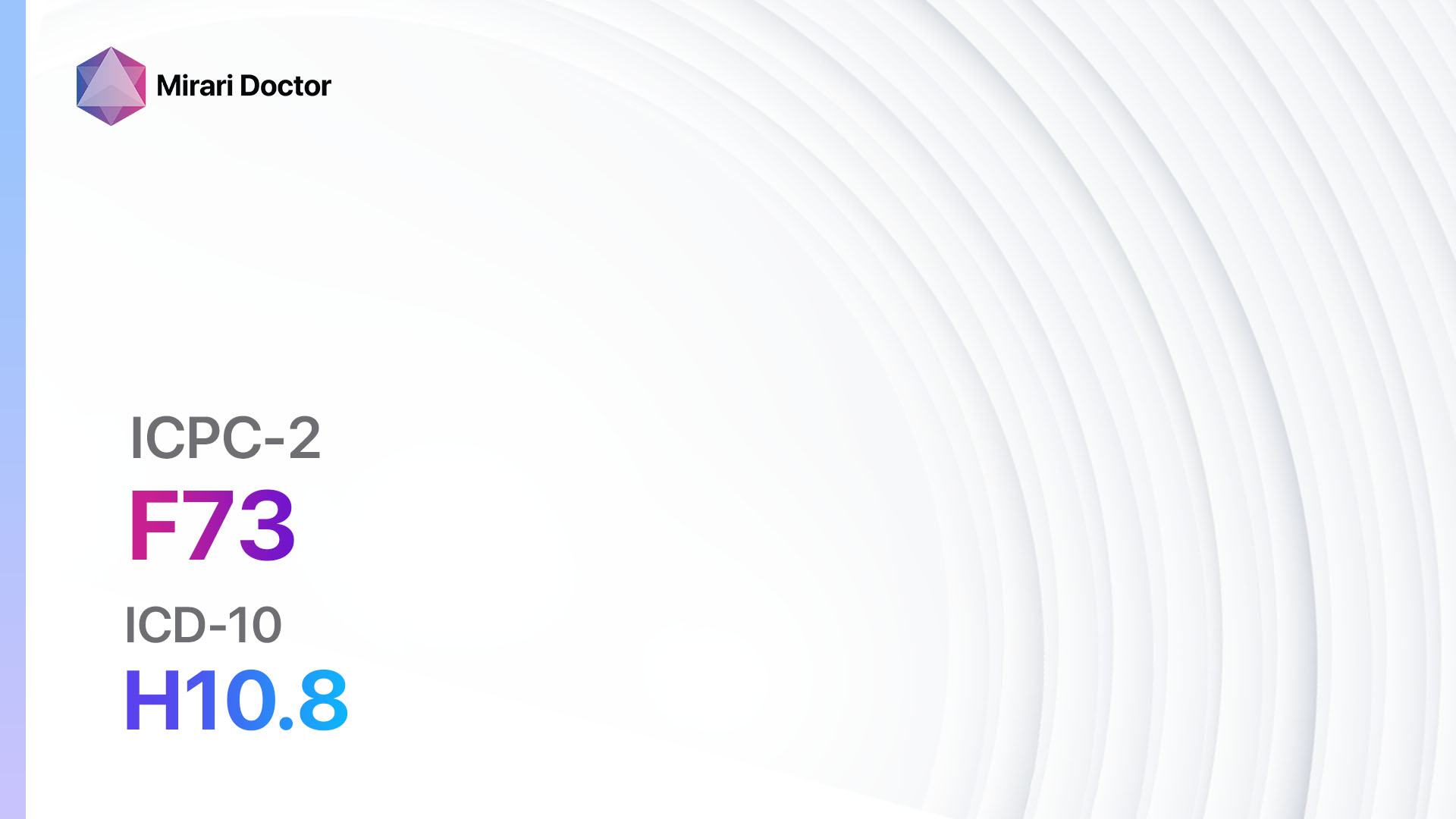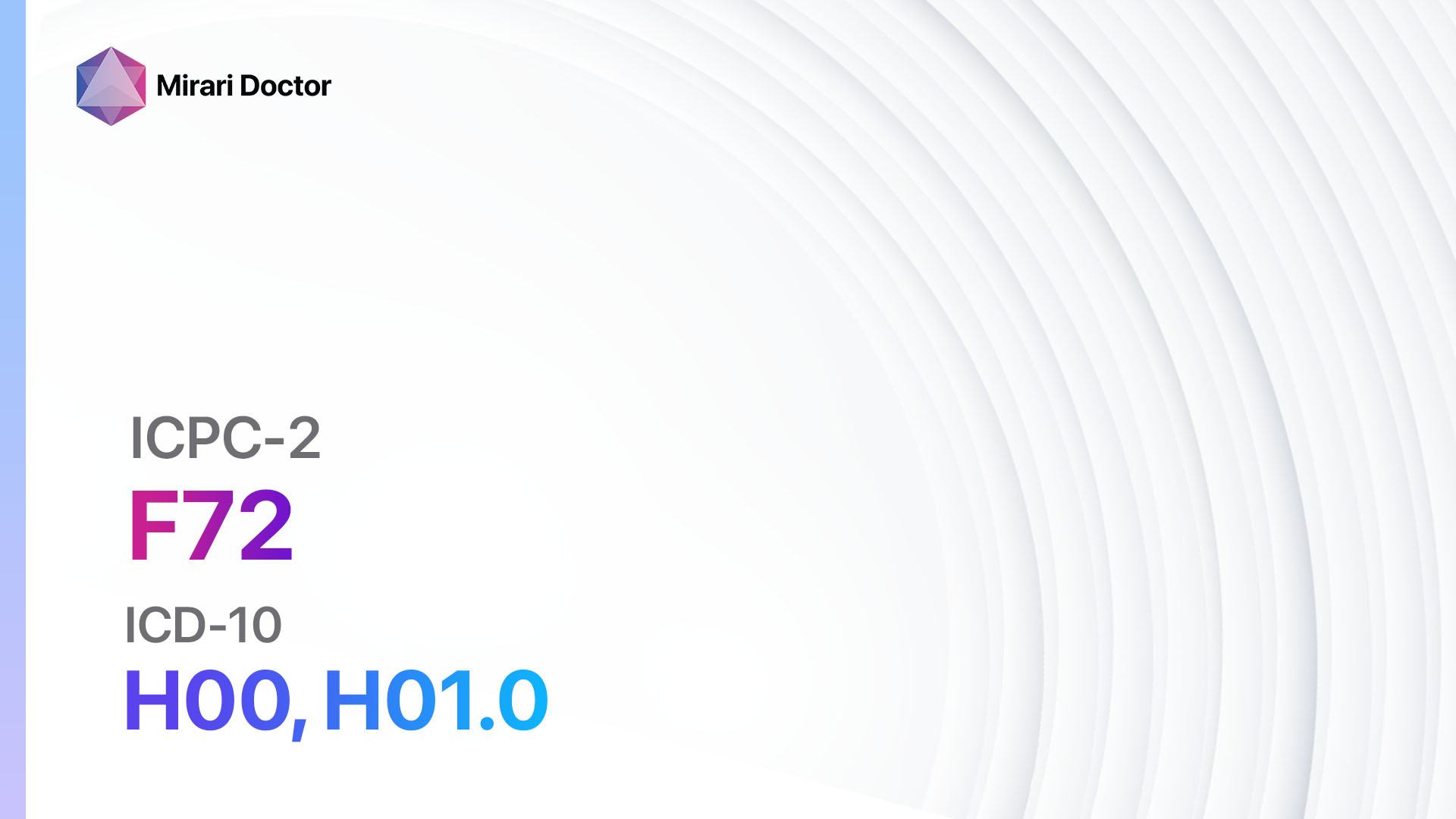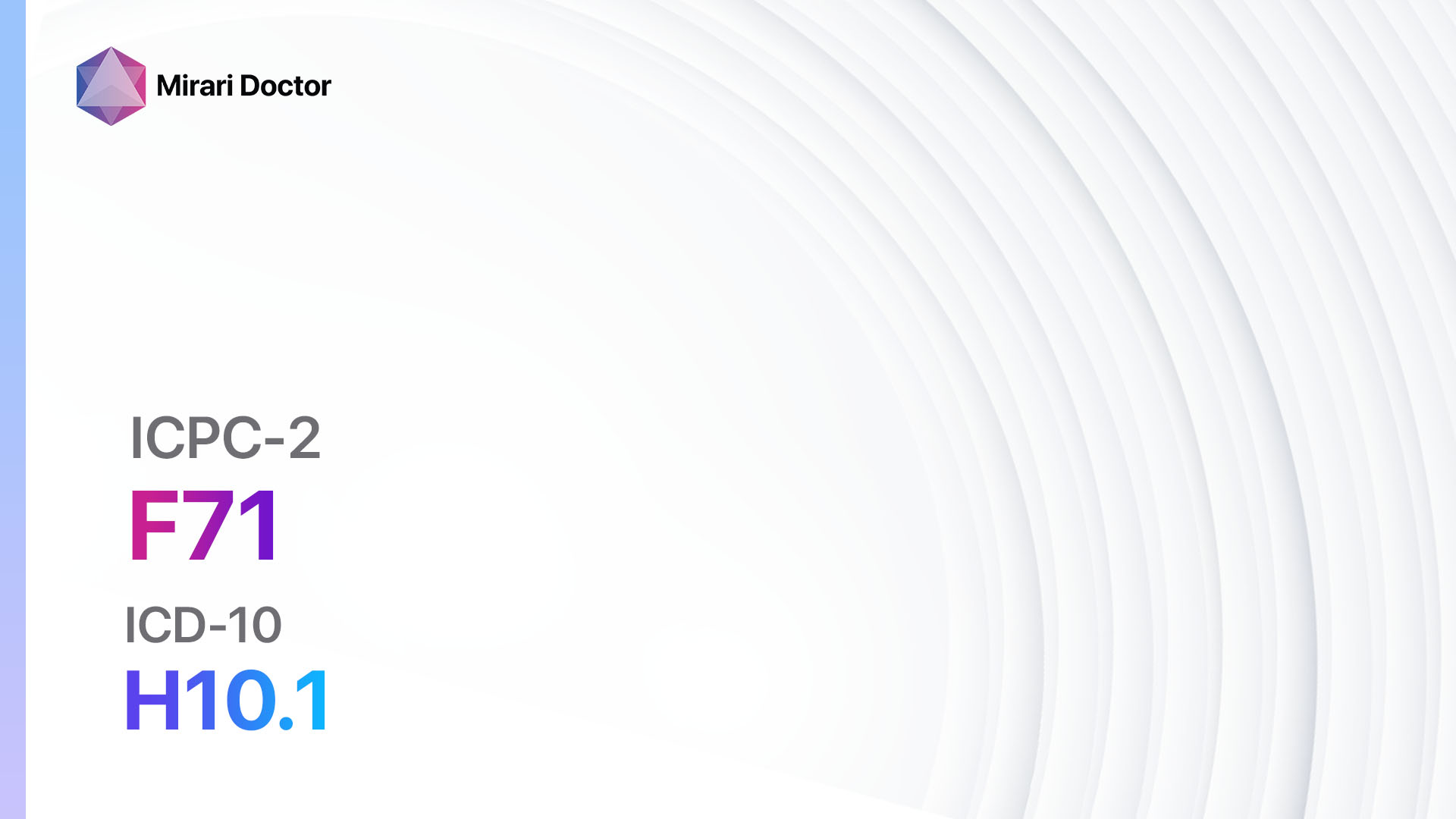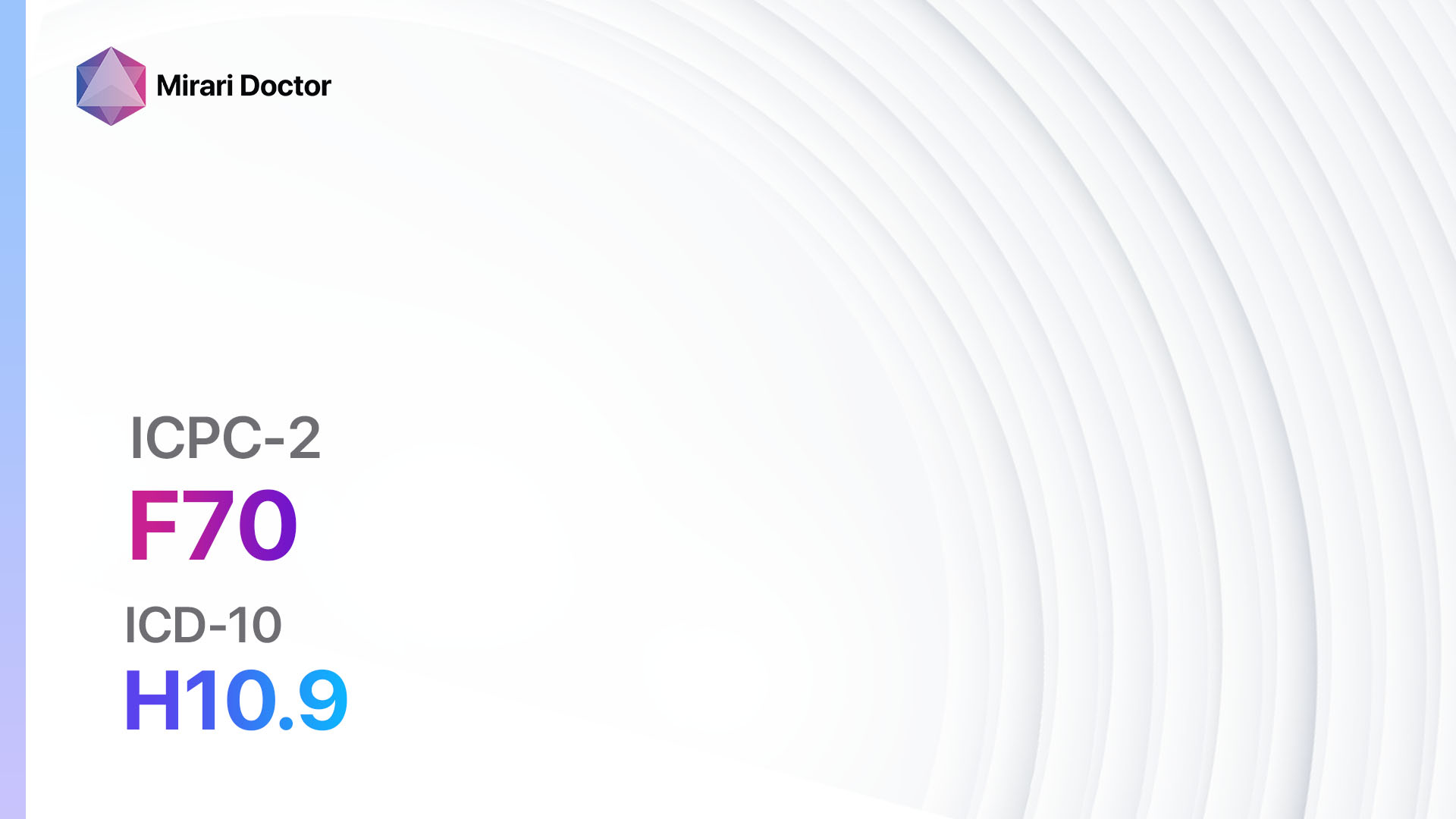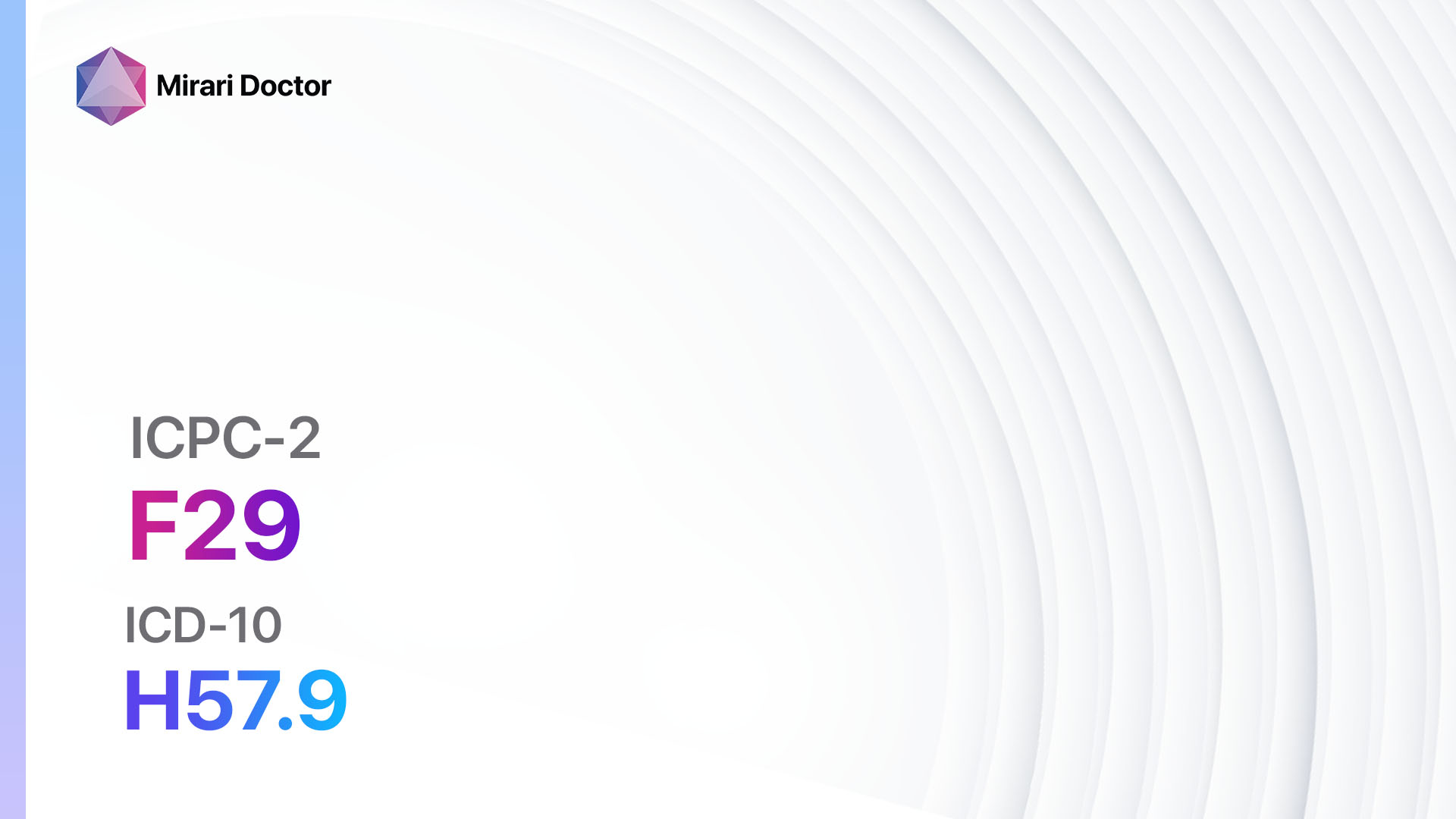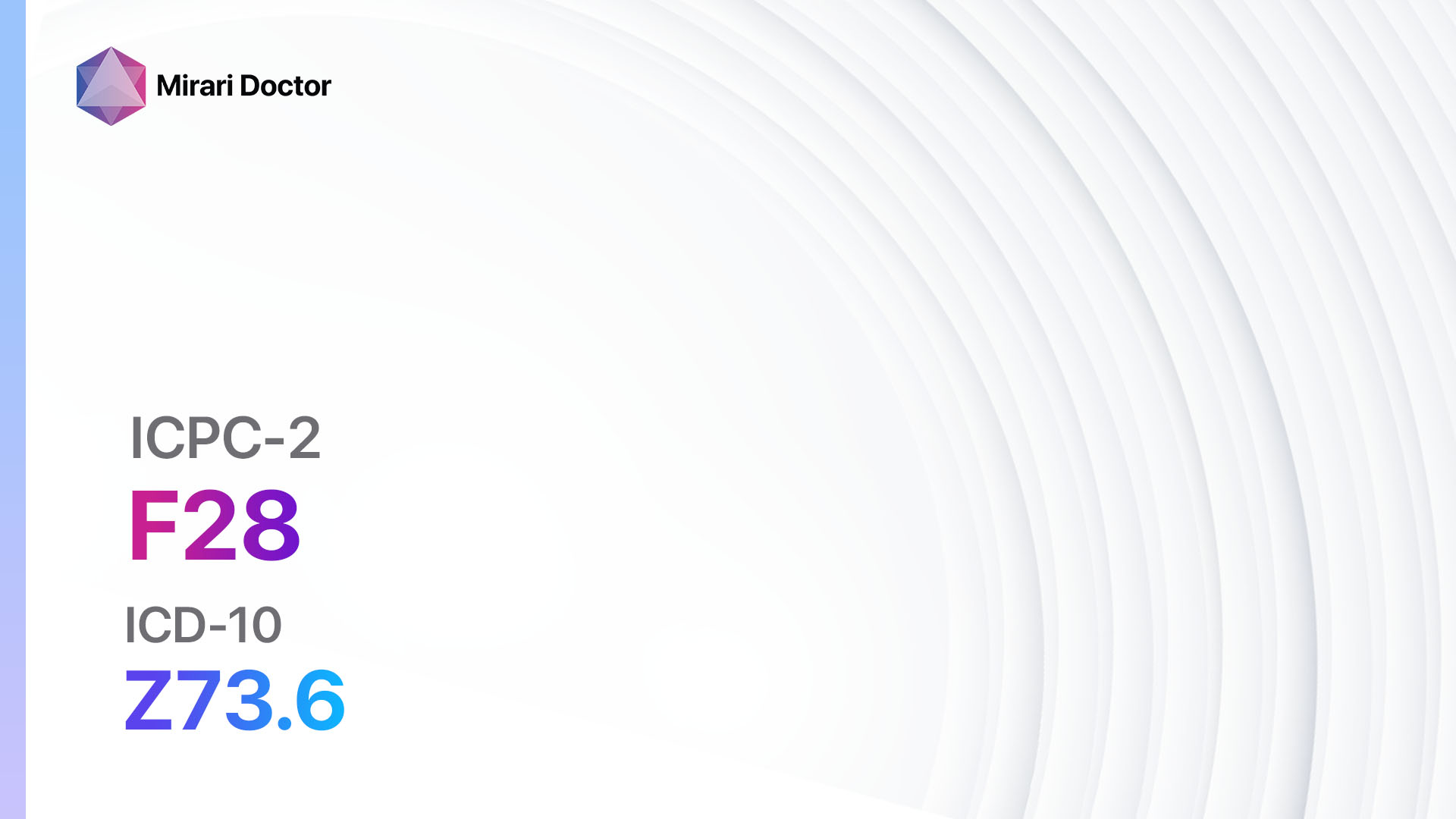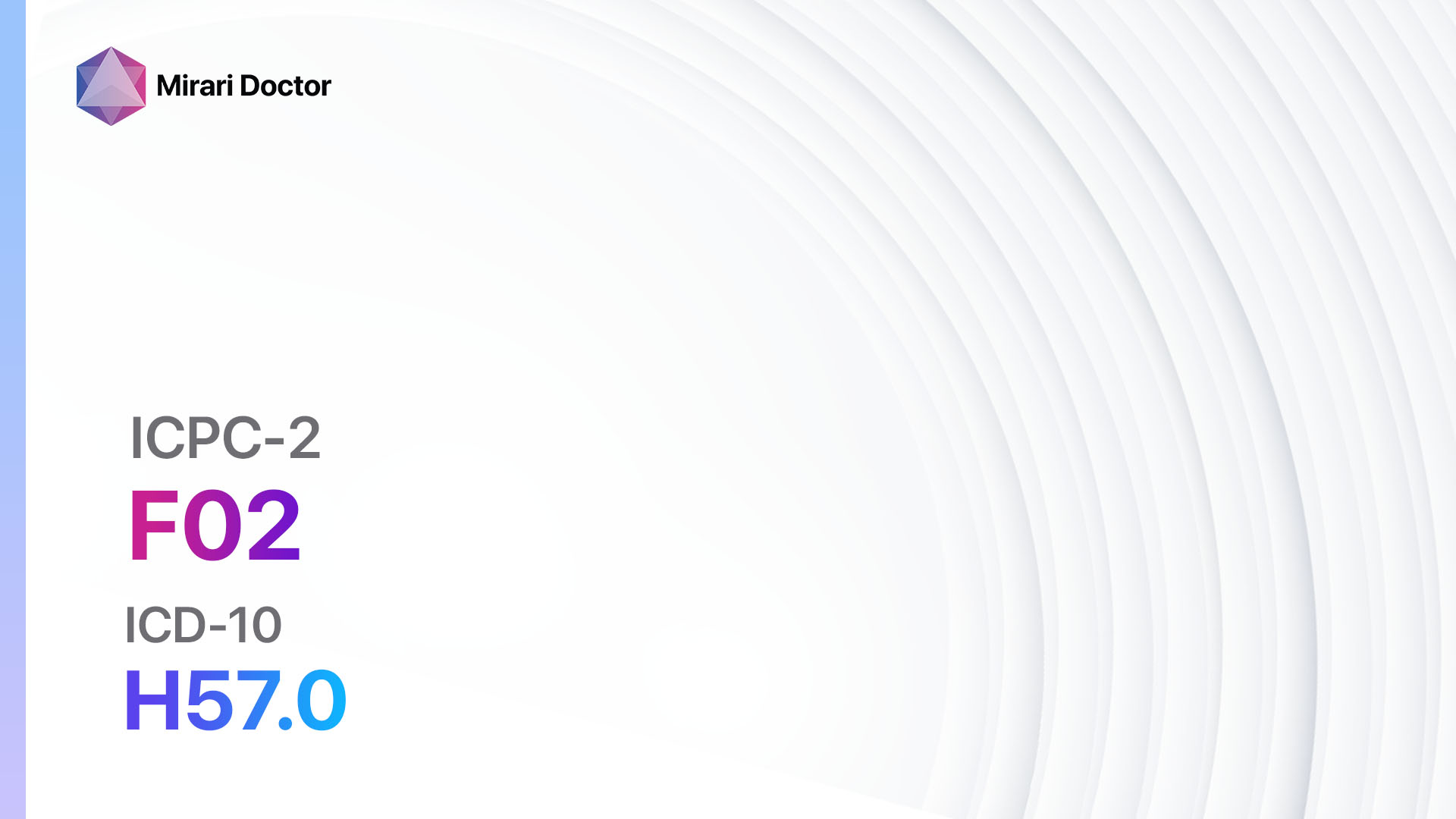
Introduction
Red eye, also known as conjunctivitis, is a common condition characterized by redness and inflammation of the conjunctiva, the thin membrane that covers the white part of the eye and the inner surface of the eyelids[1]. It can be caused by various factors, including infections, allergies, and irritants[2]. The aim of this guide is to provide a comprehensive overview of the symptoms, causes, diagnostic steps, possible interventions, and patient education for red eye
Codes
Symptoms
- Redness of the eye: The affected eye appears red or bloodshot[5].
- Eye discomfort or pain: Patients may experience a gritty or burning sensation in the affected eye[6].
- Watery or sticky discharge: The eye may produce excessive tears or a thick, yellowish discharge[7].
- Itching or irritation: Patients may feel an urge to rub or scratch the affected eye[8].
- Sensitivity to light: Bright lights may cause discomfort or worsen symptoms[9].
- Blurred vision: Vision may be temporarily affected, especially if the cornea is involved[10].
Causes
- Bacterial infection: Bacterial conjunctivitis is commonly caused by Staphylococcus aureus, Streptococcus pneumoniae, or Haemophilus influenzae.
- Viral infection: Viral conjunctivitis is often associated with adenoviruses, which can cause outbreaks in schools or other crowded environments.
- Allergic reaction: Allergic conjunctivitis can be triggered by allergens such as pollen, pet dander, or dust mites.
- Irritants: Chemical irritants, such as chlorine in swimming pools or smoke, can cause red eye.
- Dry eyes: Insufficient tear production or poor tear quality can lead to redness and irritation of the eyes.
- Contact lens use: Improper hygiene or extended wear of contact lenses can increase the risk of developing red eye.
Diagnostic Steps
Medical History
- Inquire about the duration and progression of symptoms.
- Ask about recent exposure to potential irritants or allergens.
- Assess for any history of eye infections or allergies.
- Determine if the patient wears contact lenses and their hygiene practices.
- Evaluate for any underlying medical conditions or medications that may contribute to red eye.
Physical Examination
- Inspect the affected eye for redness, swelling, or discharge.
- Assess visual acuity and perform a basic eye examination.
- Examine the eyelids, conjunctiva, and cornea for any abnormalities.
- Check for enlarged lymph nodes in the surrounding area.
- Evaluate the other eye for any signs of involvement or spread.
Laboratory Tests
- Conjunctival swab: A sample of the discharge may be collected for laboratory analysis to identify the causative organism in cases of suspected bacterial or viral conjunctivitis.
- Allergy testing: If allergic conjunctivitis is suspected, skin prick tests or blood tests may be performed to identify specific allergens.
Diagnostic Imaging
- Diagnostic imaging is typically not necessary for the diagnosis of red eye. However, in certain cases, imaging modalities such as ultrasound or CT scans may be used to evaluate the extent of infection or assess for complications.
Other Tests
- Schirmer’s test: This test measures tear production and can help diagnose dry eye syndrome.
- Fluorescein staining: This test involves applying a special dye to the eye to detect corneal abrasions or ulcers.
- Intraocular pressure measurement: Elevated intraocular pressure may indicate glaucoma, which can present with red eye as a symptom.
Follow-up and Patient Education
- Advise the patient to follow up if symptoms worsen or do not improve within a few days.
- Educate the patient about proper hygiene practices, especially if they wear contact lenses.
- Provide information on the importance of avoiding irritants or allergens that may trigger red eye.
- Discuss the potential contagiousness of certain types of conjunctivitis and recommend appropriate precautions.
- Emphasize the importance of regular eye examinations, especially for individuals with chronic eye conditions or risk factors for red eye.
Possible Interventions
Traditional Interventions
Medications:
Top 5 drugs for red eye:
- Artificial tears (e.g., Refresh Tears, Systane):
- Cost: $5-$15 per bottle.
- Contraindications: Hypersensitivity to ingredients.
- Side effects: Temporary blurring of vision.
- Severe side effects: None reported.
- Drug interactions: None reported.
- Warning: Use as directed and avoid contamination of the bottle.
- Antihistamine eye drops (e.g., Zaditor, Alaway):
- Cost: $10-$20 per bottle.
- Contraindications: Hypersensitivity to ingredients.
- Side effects: Temporary stinging or burning sensation.
- Severe side effects: None reported.
- Drug interactions: None reported.
- Warning: Use as directed and avoid contact with soft contact lenses.
- Antibiotic eye drops (e.g., Tobramycin, Ofloxacin):
- Cost: $10-$30 per bottle.
- Contraindications: Hypersensitivity to ingredients.
- Side effects: Temporary stinging or burning sensation.
- Severe side effects: Allergic reactions.
- Drug interactions: None reported.
- Warning: Use as directed and complete the full course of treatment.
- Steroid eye drops (e.g., Prednisolone, Dexamethasone):
- Cost: $10-$30 per bottle.
- Contraindications: Active viral or fungal eye infections.
- Side effects: Temporary increase in eye pressure, cataract formation (with long-term use).
- Severe side effects: None reported with short-term use.
- Drug interactions: None reported.
- Warning: Use as directed and do not use for prolonged periods without medical supervision.
- Vasoconstrictor eye drops (e.g., Visine, Clear Eyes):
- Cost: $5-$10 per bottle.
- Contraindications: Hypersensitivity to ingredients, narrow-angle glaucoma.
- Side effects: Temporary relief of redness, possible rebound redness with prolonged use.
- Severe side effects: None reported.
- Drug interactions: None reported.
- Warning: Use as directed and avoid prolonged use to prevent rebound redness.
Alternative Drugs:
- Mast cell stabilizers (e.g., Cromolyn sodium): Can help prevent allergic reactions in the eyes. Cost: $10-$20 per bottle.
- Nonsteroidal anti-inflammatory drugs (NSAIDs) (e.g., Ketorolac): Provide relief from pain and inflammation. Cost: $15-$30 per bottle.
- Oral antihistamines (e.g., Loratadine, Cetirizine): Can help alleviate systemic allergy symptoms. Cost: $5-$20 per box.
Surgical Procedures:
- Surgical interventions are typically not necessary for the treatment of red eye. However, in rare cases of severe infection or complications, surgical drainage or excision may be required.
Alternative Interventions
- Warm compresses: Applying a warm compress to the affected eye can help alleviate symptoms and reduce inflammation. Cost: Free.
- Cold compresses: Cold compresses can provide temporary relief from itching and swelling. Cost: Free.
- Saline rinses: Rinsing the eyes with saline solution can help flush out irritants and soothe the eyes. Cost: $5-$10 per bottle.
- Herbal eye drops: Some herbal eye drops, such as chamomile or calendula, may have anti-inflammatory properties. Cost: $10-$20 per bottle.
- Homeopathic remedies: Homeopathic eye drops or tablets may be used to relieve red eye symptoms. Cost: $10-$20 per bottle or box.
Lifestyle Interventions
- Avoiding allergens: Identifying and avoiding allergens that trigger red eye can help prevent symptoms. Cost: Free.
- Good hygiene practices: Proper handwashing and avoiding touching the eyes can reduce the risk of infection. Cost: Free.
- Using clean contact lenses: Following proper hygiene practices for contact lens use can prevent red eye. Cost: Varies depending on the type of contact lenses and cleaning solutions.
- Taking breaks from digital screens: Prolonged screen time can contribute to dry eyes and eye strain. Cost: Free.
- Using humidifiers: Increasing humidity in the environment can help alleviate dry eye symptoms. Cost: $20-$100 per humidifier.
It is important to note that the cost ranges provided are approximate and may vary depending on the location and availability of the interventions.
Mirari Cold Plasma Alternative Intervention
Understanding Mirari Cold Plasma
- Safe and Non-Invasive Treatment: Mirari Cold Plasma is a safe and non-invasive treatment option for various skin conditions. It does not require incisions, minimizing the risk of scarring, bleeding, or tissue damage.
- Efficient Extraction of Foreign Bodies: Mirari Cold Plasma facilitates the removal of foreign bodies from the skin by degrading and dissociating organic matter, allowing easier access and extraction.
- Pain Reduction and Comfort: Mirari Cold Plasma has a local analgesic effect, providing pain relief during the treatment, making it more comfortable for the patient.
- Reduced Risk of Infection: Mirari Cold Plasma has antimicrobial properties, effectively killing bacteria and reducing the risk of infection.
- Accelerated Healing and Minimal Scarring: Mirari Cold Plasma stimulates wound healing and tissue regeneration, reducing healing time and minimizing the formation of scars.
Mirari Cold Plasma Prescription
Video instructions for using Mirari Cold Plasma Device – F02 Red eye (ICD-10:H57.0)
| Mild | Moderate | Severe |
| Mode setting: 1 (Infection) Location: 7 (Neuro system & ENT) Morning: 15 minutes, Evening: 15 minutes | Mode setting: 1 (Infection) Location: 7 (Neuro system & ENT) Morning: 30 minutes, Lunch: 30 minutes, Evening: 30 minutes | Mode setting: 1 (Infection) Location: 7 (Neuro system & ENT) Morning: 30 minutes, Lunch: 30 minutes, Evening: 30 minutes |
| Mode setting: 2 (Wound Healing) Location: 7 (Neuro system & ENT) Morning: 15 minutes, Evening: 15 minutes | Mode setting: 2 (Wound Healing) Location: 7 (Neuro system & ENT) Morning: 30 minutes, Lunch: 30 minutes, Evening: 30 minutes | Mode setting: 2 (Wound Healing) Location: 7 (Neuro system & ENT) Morning: 30 minutes, Lunch: 30 minutes, Evening: 30 minutes |
| Mode setting: 4 (Diabetes Therapy) Location: 4 (Heart, Bile & Pancreas) Morning: 15 minutes, Evening: 15 minutes | Mode setting: 4 (Diabetes Therapy) Location: 4 (Heart, Bile & Pancreas) Morning: 30 minutes, Lunch: 30 minutes, Evening: 30 minutes | Mode setting: 4 (Diabetes Therapy) Location: 4 (Heart, Bile & Pancreas) Morning: 30 minutes, Lunch: 30 minutes, Evening: 30 minutes |
| Total Morning: 45 minutes approx. $7.50 USD, Evening: 45 minutes approx. $7.50 USD | Total Morning: 90 minutes approx. $15 USD, Lunch: 90 minutes approx. $15 USD, Evening: 90 minutes approx. $15 USD, | Total Morning: 90 minutes approx. $15 USD, Lunch: 90 minutes approx. $15 USD, Evening: 90 minutes approx. $15 USD, |
| Usual treatment for 7-60 days approx. $105 USD – $900 USD | Usual treatment for 6-8 weeks approx. $1,890USD – $2,520 USD | Usual treatment for 3-6 months approx. $4,050 USD – $8,100 USD |
 |
|
Use the Mirari Cold Plasma device to treat Red eye effectively.
WARNING: MIRARI COLD PLASMA IS DESIGNED FOR THE HUMAN BODY WITHOUT ANY ARTIFICIAL OR THIRD PARTY PRODUCTS. USE OF OTHER PRODUCTS IN COMBINATION WITH MIRARI COLD PLASMA MAY CAUSE UNPREDICTABLE EFFECTS, HARM OR INJURY. PLEASE CONSULT A MEDICAL PROFESSIONAL BEFORE COMBINING ANY OTHER PRODUCTS WITH USE OF MIRARI.
Step 1: Cleanse the Skin
- Start by cleaning the affected area of the skin with a gentle cleanser or mild soap and water. Gently pat the area dry with a clean towel.
Step 2: Prepare the Mirari Cold Plasma device
- Ensure that the Mirari Cold Plasma device is fully charged or has fresh batteries as per the manufacturer’s instructions. Make sure the device is clean and in good working condition.
- Switch on the Mirari device using the power button or by following the specific instructions provided with the device.
- Some Mirari devices may have adjustable settings for intensity or treatment duration. Follow the manufacturer’s instructions to select the appropriate settings based on your needs and the recommended guidelines.
Step 3: Apply the Device
- Place the Mirari device in direct contact with the affected area of the skin. Gently glide or hold the device over the skin surface, ensuring even coverage of the area experiencing.
- Slowly move the Mirari device in a circular motion or follow a specific pattern as indicated in the user manual. This helps ensure thorough treatment coverage.
Step 4: Monitor and Assess:
- Keep track of your progress and evaluate the effectiveness of the Mirari device in managing your Red eye. If you have any concerns or notice any adverse reactions, consult with your health care professional.
Note
This guide is for informational purposes only and should not replace the advice of a medical professional. Always consult with your healthcare provider or a qualified medical professional for personal advice, diagnosis, or treatment. Do not solely rely on the information presented here for decisions about your health. Use of this information is at your own risk. The authors of this guide, nor any associated entities or platforms, are not responsible for any potential adverse effects or outcomes based on the content.
Mirari Cold Plasma System Disclaimer
- Purpose: The Mirari Cold Plasma System is a Class 2 medical device designed for use by trained healthcare professionals. It is registered for use in Thailand and Vietnam. It is not intended for use outside of these locations.
- Informational Use: The content and information provided with the device are for educational and informational purposes only. They are not a substitute for professional medical advice or care.
- Variable Outcomes: While the device is approved for specific uses, individual outcomes can differ. We do not assert or guarantee specific medical outcomes.
- Consultation: Prior to utilizing the device or making decisions based on its content, it is essential to consult with a Certified Mirari Tele-Therapist and your medical healthcare provider regarding specific protocols.
- Liability: By using this device, users are acknowledging and accepting all potential risks. Neither the manufacturer nor the distributor will be held accountable for any adverse reactions, injuries, or damages stemming from its use.
- Geographical Availability: This device has received approval for designated purposes by the Thai and Vietnam FDA. As of now, outside of Thailand and Vietnam, the Mirari Cold Plasma System is not available for purchase or use.
References
- Azari, A. A., & Barney, N. P. (2013). Conjunctivitis: a systematic review of diagnosis and treatment. JAMA, 310(16), 1721-1729.
- Leibowitz, H. M. (2000). The red eye. New England Journal of Medicine, 343(5), 345-351.
- WONCA International Classification Committee. (1998). ICPC-2: International classification of primary care. Oxford University Press, USA.
- World Health Organization. (2019). International statistical classification of diseases and related health problems (11th ed.).
- Cronau, H., Kankanala, R. R., & Mauger, T. (2010). Diagnosis and management of red eye in primary care. American family physician, 81(2), 137-144.
- Wirbelauer, C. (2006). Management of the red eye for the primary care physician. The American journal of medicine, 119(4), 302-306.
- Høvding, G. (2008). Acute bacterial conjunctivitis. Acta ophthalmologica, 86(1), 5-17.
- Bielory, L. (2000). Allergic and immunologic disorders of the eye. Part II: ocular allergy. Journal of Allergy and Clinical Immunology, 106(6), 1019-1032.
- Jacobs, D. S. (2008). Evaluation of the red eye. Medscape. Retrieved from//www.medscape.com/viewarticle/571875
- Gilani, C. J., & Yang, A. (2020). Conjunctivitis. StatPearls [Internet].
Related articles
Made in USA


